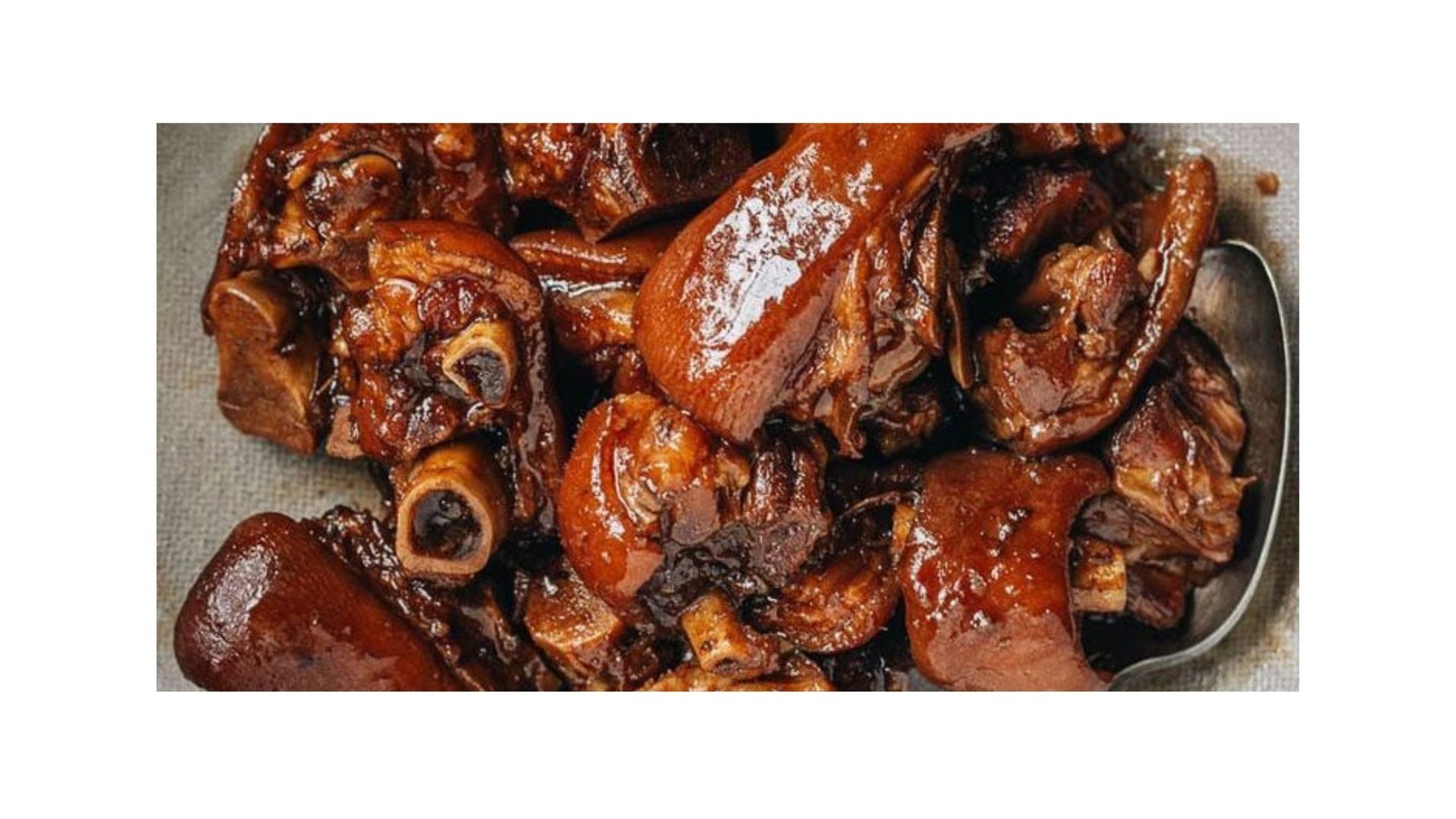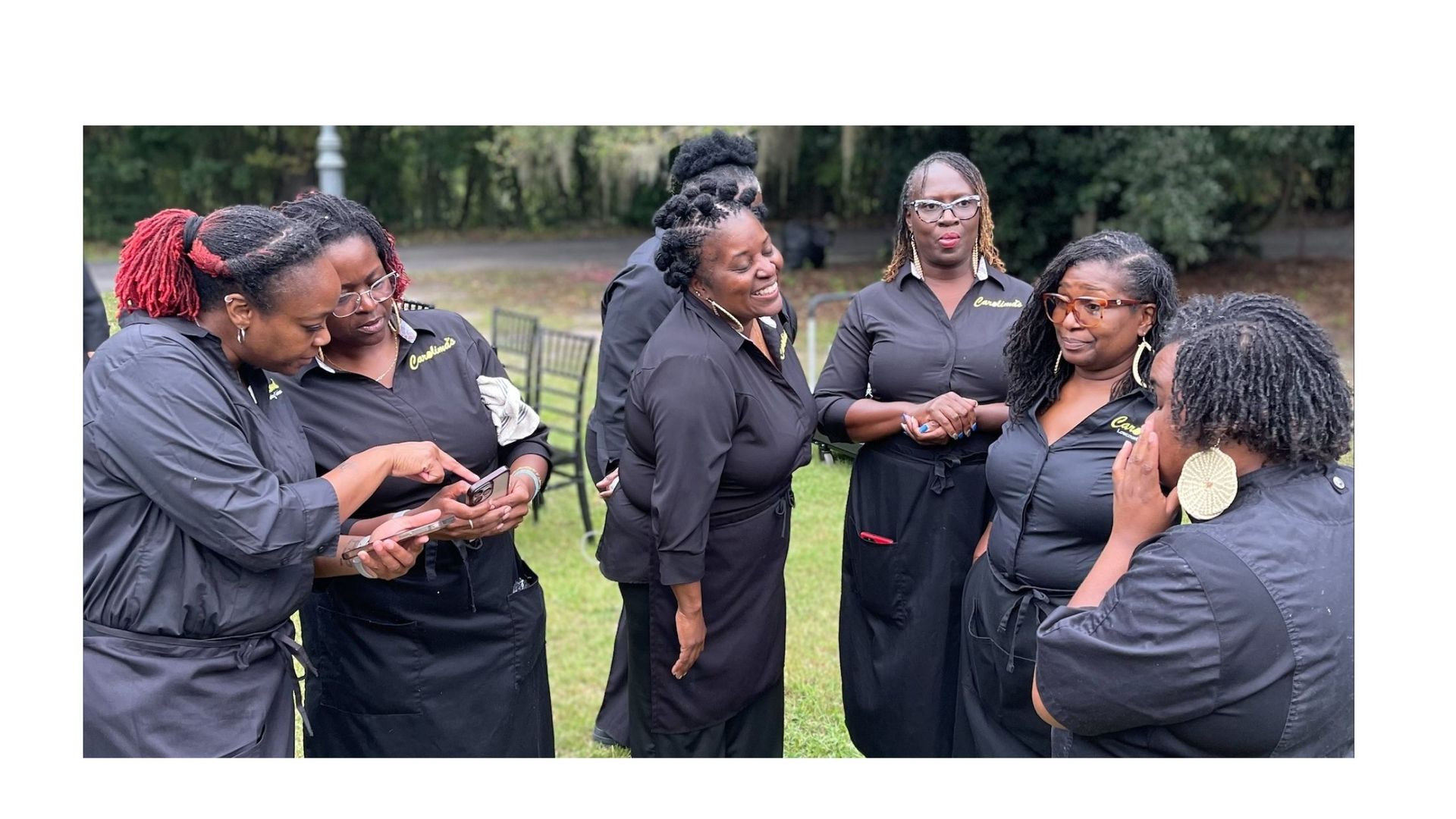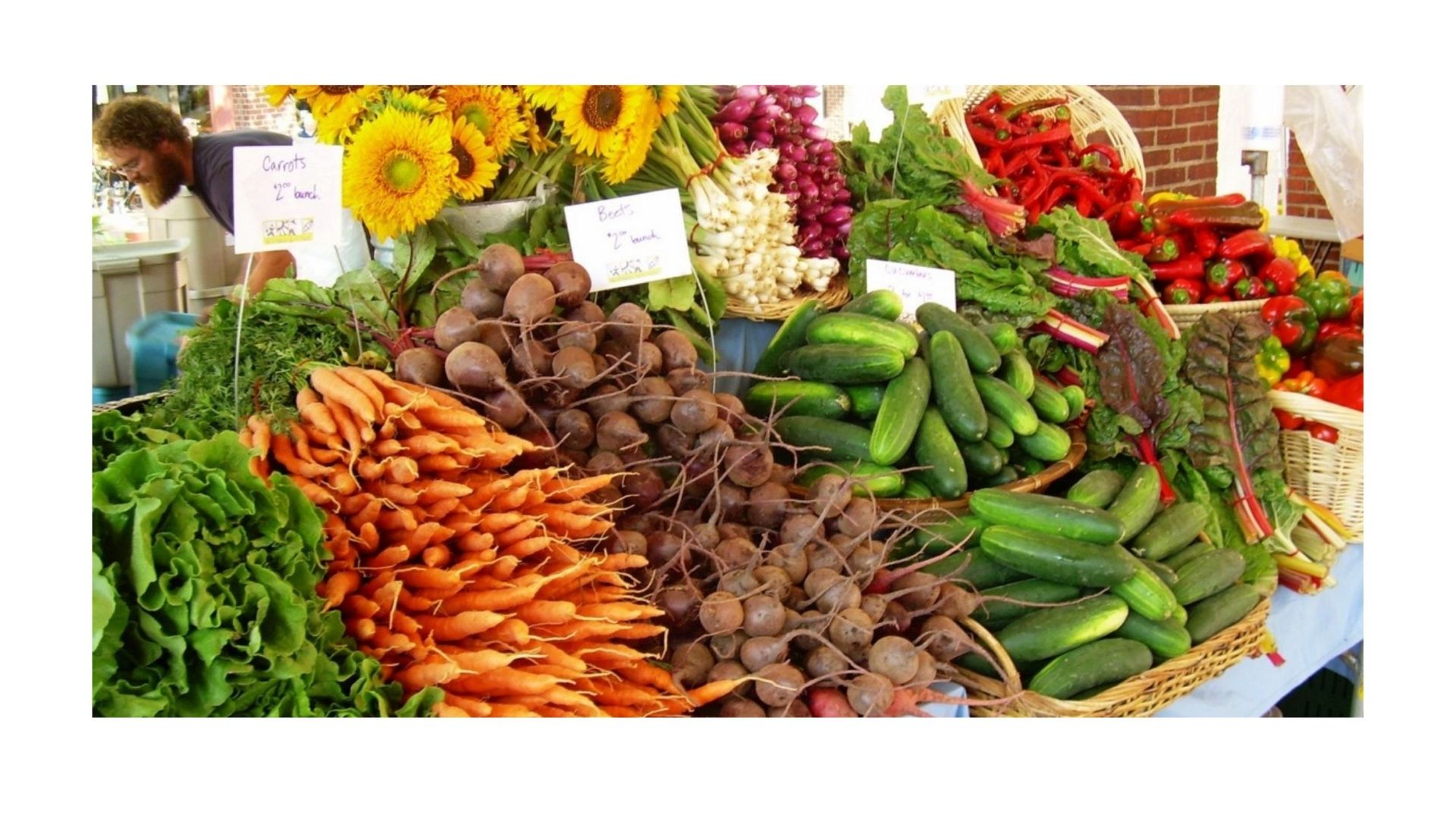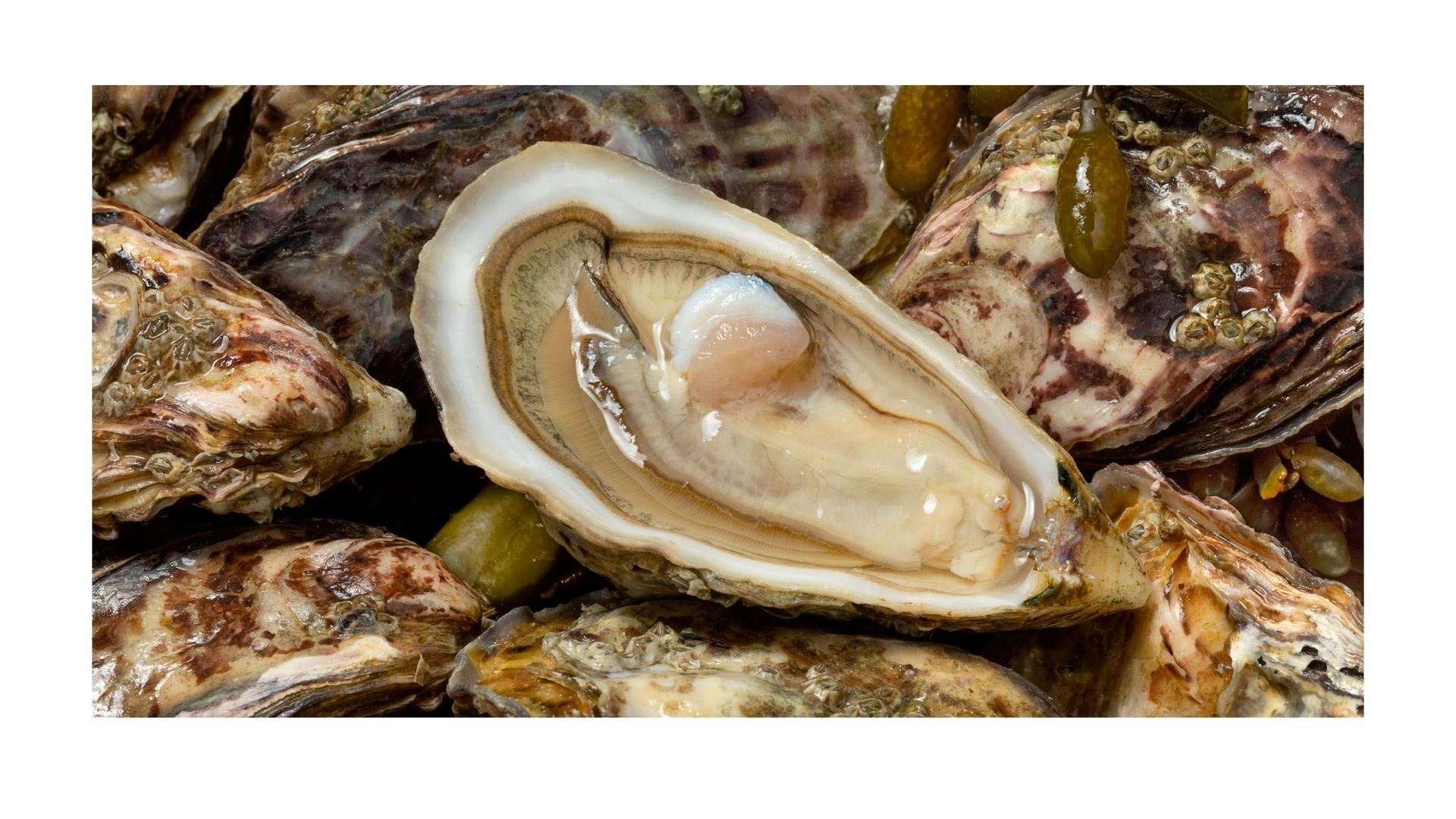From Field to Feast: The Rich Story of Carolina Gold Rice
If you’ve ever tasted a dish that felt like history, warmth, and comfort all in one bite, chances are it was made with Carolina Gold Rice. More than just a grain, this heirloom variety is the foundation of Lowcountry cooking — a symbol of resilience, cultural fusion, and regional pride. But what makes it so special, and why does it continue to capture the hearts (and taste buds) of Southern chefs and home cooks alike?
Let’s dive into the roots, the revival, and the reason Carolina Gold Rice deserves a spotlight on your plate.
What Is Carolina Gold Rice?
Carolina Gold Rice is a long-grain variety known for its rich, buttery flavor and tender texture. It strikes a beautiful balance between fluffy and creamy and brings subtle nutty notes to the surface when prepared well.
But Carolina Gold is more than just flavorful — it’s a heritage grain, deeply rooted in the cultural and culinary traditions of the South Carolina Lowcountry.
A Grain with a Complex Past
Carolina Gold’s story begins in the late 1600s, when it was first cultivated in the marshy coastal plains of the Carolinas. Enslaved Africans, brought to the region for their expertise in rice farming, were instrumental in adapting and maintaining this crop in the challenging Lowcountry environment.
By the 18th and 19th centuries, Carolina Gold had become a cornerstone of the region’s economy, transforming Charleston into one of the wealthiest cities in early America. That wealth, however, came at a tremendous and painful cost — built on the backs of those whose contributions were too long left out of the narrative.
To honor the grain is to recognize the people behind it — and to carry their culinary knowledge forward with respect.
The Disappearance and Revival
By the early 1900s, Carolina Gold vanished from production, overtaken by industrial agriculture, shifting labor markets, and environmental challenges. For decades, it was largely forgotten outside of historical archives.
But the story didn’t end there.
In the 1990s, small groups of farmers, seed savers, and food historians worked to bring Carolina Gold back. Thanks to the efforts of organizations like Rollen's Rawgrains, this once-lost treasure was reintroduced into the food landscape. Today, it’s grown on small farms along the Southern coast and prized by chefs and food lovers for its texture, taste, and story.
Why It’s a Favorite in Lowcountry Kitchens
Carolina Gold isn’t just nostalgic — it’s functional and delicious. Its versatility allows it to shine in both humble and elevated dishes. From Sunday supper at Grandma’s to upscale catering menus, this rice adapts beautifully to whatever it’s paired with.
You’ll find it in:
- Red rice
- Hoppin’ John
- Seafood and sausage dishes
- Chicken bog/purloo
- Gullah-inspired dishes passed down for generations
The texture holds up well, the flavor deepens with each bite, and the history adds a richness no seasoning can replicate.
More Than a Grain — A Cultural Anchor
What makes Carolina Gold truly special is its legacy. Every grain carries stories of survival, adaptation, and celebration. It’s a culinary thread connecting generations of cooks, farmers, and families throughout the Lowcountry and beyond.
That legacy lives on thanks to producers like Rollen’s Raw Grains, who are preserving Carolina Gold Rice the right way—through careful cultivation, traditional methods, and a deep respect for the culture behind the grain. Their dedication ensures that this heirloom rice continues to nourish both our plates and our history.
Ready to Taste the Tradition?
Whether you're exploring heirloom recipes or putting a fresh spin on Southern classics, Rollen’s Raw Grains offers not only the rice itself but a true connection to the history behind it and other historic grains. Their website features delicious recipes and insight into how this iconic grain continues to nourish both body and soul.
👉 Explore their story, shop Carolina Gold Rice, and check out their recipes at: www.rollensrawgrains.com
Let the tradition live on—one grain at a time.











